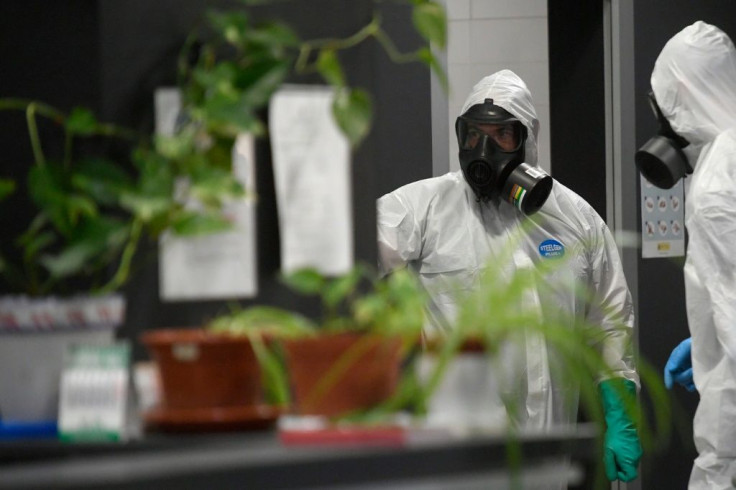Boston Coronavirus Cases Surge, City Added To 23 'High Risk' Zones
KEY POINTS
- Boston and 10 other Massachusetts cities have been listed as coronavirus red zones
- State health officials reported more than 8 cases per 100,000 residents over the past 14 days
- 23 municipalities in Massachusetts are considered "high risk" for COVID-19 infection
Boston and 10 other Massachusetts cities have been listed as red zones or "high risk" areas as of Wednesday night as a sudden spike in the number of cases bring the state's total to 128,753.
According to Boston News, health officials from the Department of Public Health reported more than eight cases per 100,000 residents over the past two weeks. They also confirmed 32 new COVID-19 casualties, which brings Massachusetts' death toll up to 9,242.
In all, 23 municipalities in the state are considered "high risk" for coronavirus infection. The new communities joining Boston on the list are Attleboro, Avon, Dracut, Haverhill, Lowell, Lynnfield, Methuen, Middleton, North Andover, and Springfield.
Health officials also moved three communities—Saugus, Tyngsborough, and Wrentham—to moderate risk as their infection rates continue to experience a drop.
Before the release of the report, Boston Mayor Marty Walsh said the city was not moving into the second step of its three-phase reopening plan due to the surge of coronavirus cases.
"We expect to be in the red zone very soon, and it is likely to happen this evening. That means we've been seeing more than eight new cases per day per 100,000 people population," Walsh said Wednesday.
During a press conference, Walsh noted that half of the new cases reported in the city involved people aged 29 and younger. He also said the city would maintain its coronavirus restrictions to curb the virus's spread, WBUR reported.
Food courts may continue to operate, and movie theaters may go to a 50% capacity and limit their audience to 250 people. Gatherings will be limited to 25 people for indoor events and 50 for outdoor affairs.
According to WCVB, public school students in Boston will begin returning to classrooms Thursday, depending on their grade level and academic needs. The highest-need students will be the first to transition using a hybrid model.
Pre-schoolers and kindergartners would be required to report to school in the second week of October, while first- and third-graders would follow the week of Oct. 22.
Under the hybrid model, students are to learn in-person for two days a week and switch back to remote-learning the other three days of school. Families are given the option to keep their children remote.

© Copyright IBTimes 2024. All rights reserved.






















